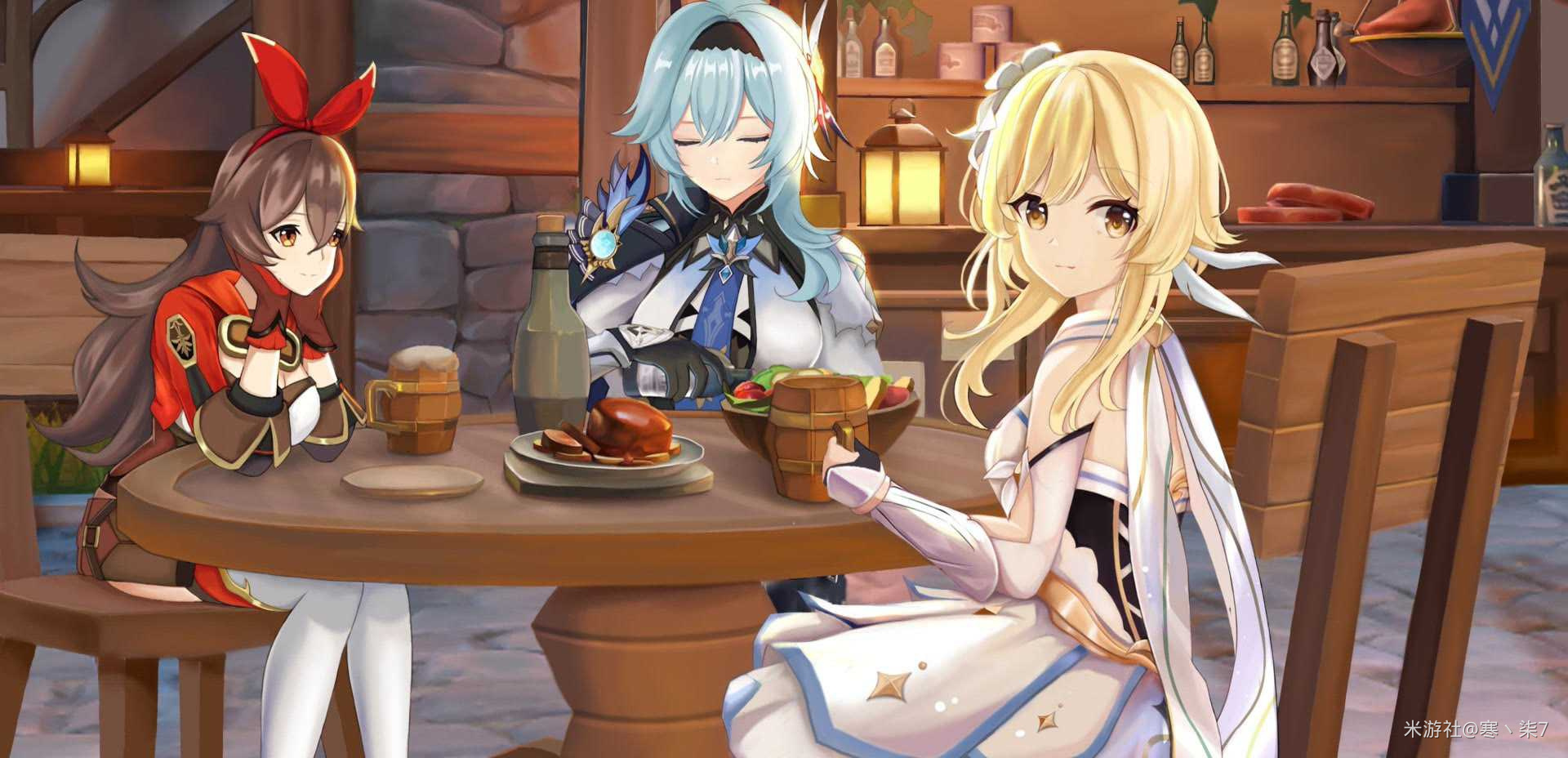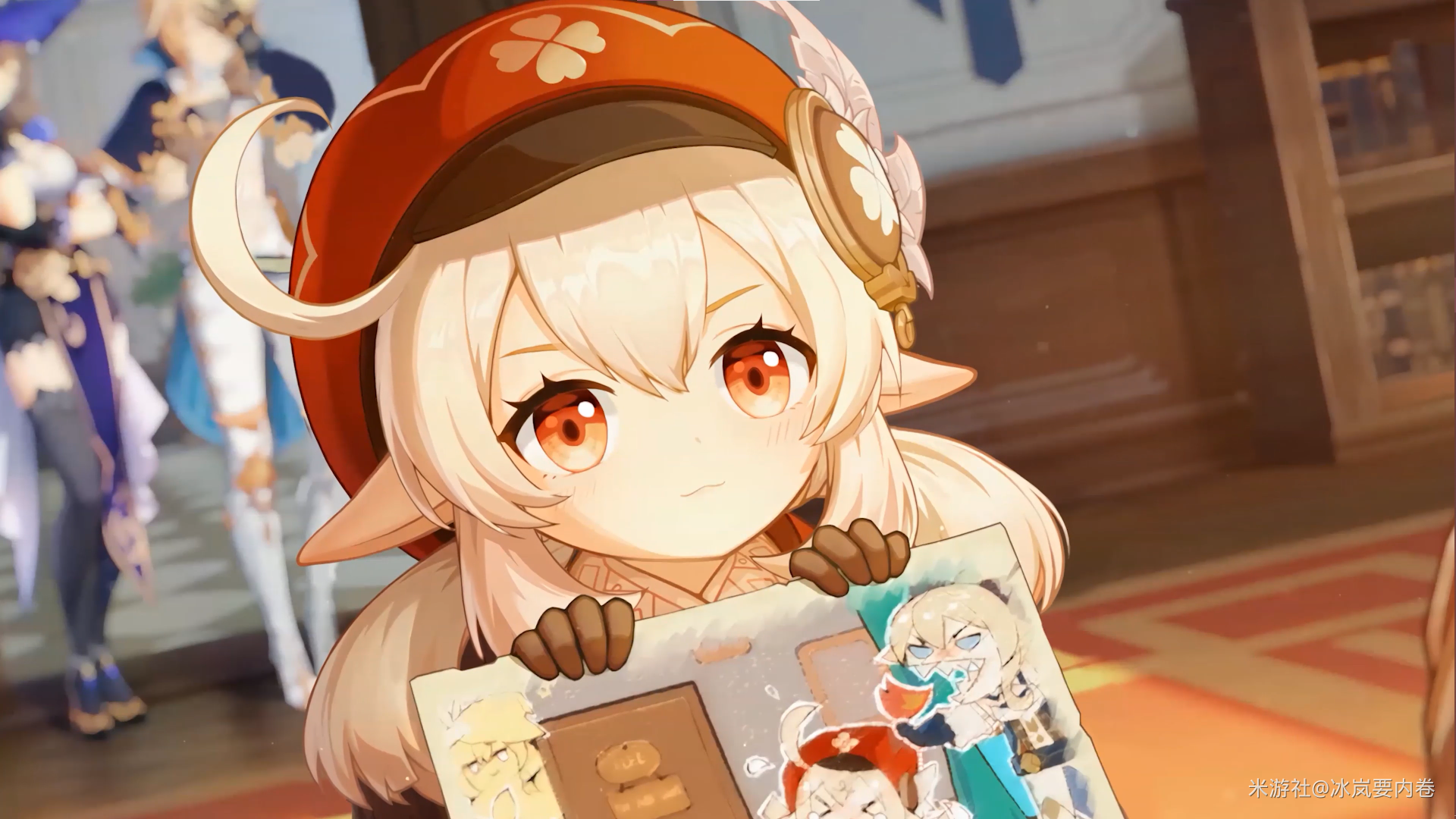Vue2父子传参:props
首先在父组件中引入子组件,然后以属性的方式将数据传递给子组件
父组件:
1
2
3
4
5
6
7
8
9
10
11
12
13
14
15
16
17
18
19
20
21
22
23
| <template>
<div class="home">
<HelloWorld :msg="fatchData" ref="childEl"/>
</div>
</template>
<script>
import HelloWorld from '@/components/HelloWorld.vue'
export default {
name: 'Home',
components: {
HelloWorld
},
data () {
return {
fatchData: '我是父组件通过props传递给子组件的文字'
}
}
}
</script>
|
然后在子组件中使用props接收,props里定义的名字要和父组件定义的一致
子组件:
1
2
3
4
5
6
7
8
9
10
11
12
13
14
15
| <template>
<div>
<span>{{ msg }}</span>
</div>
</template>
<script>
export default {
name: 'HelloWorld',
props: {
msg: String
}
}
</script>
|
Vue2父子传参之父传子:$refs
在父组件中给子组件的标签上添加 ref 等于一个变量,然后通过使用 $refs 可以获取子组件的实例,以及调用子组件的方法和传递参数
父组件:
1
2
3
4
5
6
7
8
9
10
11
12
13
14
15
16
17
18
19
20
21
22
23
24
25
26
27
28
29
30
31
32
33
34
| <template>
<div class="home">
<HelloWorld :msg="fatchData" ref="childEl"/>
<div>
父组件
</div>
<div>
<button @click="changeChildMsg">父组件按钮</button>
</div>
</div>
</template>
<script>
import HelloWorld from '@/components/HelloWorld.vue'
export default {
name: 'Home',
components: {
HelloWorld
},
data () {
return {
fatchData: '我是父组件通过props传递给子组件的文字'
}
},
methods: {
changeChildMsg () {
this.fatchData = '通过按钮修改了子组件中显示的问题'
this.$refs.childEl.showText('我来自父组件')
}
}
}
</script>
|
然后在子组件中定义相同的方法名,在父组件使用 $refs 调用后触发在子组件中定义的同名方法
子组件:
1
2
3
4
5
6
7
8
9
10
11
12
13
14
15
16
17
18
19
20
21
22
23
24
25
26
27
| <template>
<div class="hello">
<b>子组件</b>
<div>
<span>{{ msg }}</span>
</div>
<div>
<button>子组件按钮</button>
</div>
</div>
</template>
<script>
export default {
name: 'HelloWorld',
props: {
msg: String
},
methods: {
showText (text) {
alert(text)
}
}
}
</script>
|
Vue2父子传参之子传父:$emit
在子组件中我们也可以调用父组件的方法向父组件传递参数,通过$emit来实现
子组件:
1
2
3
4
5
6
7
8
9
10
11
12
13
| <button @click="childClick">子组件按钮</button>
<script>
export default {
name: 'HelloWorld',
methods: {
childClick () {
this.$emit('setValueName', '我是通过子组件传递过来的')
}
}
}
</script>
|
然后在父组件中定义并绑定子组件传递的 setValueName 事件,事件名称要和子组件定义的名称一样
父组件:
1
2
3
4
5
6
7
8
9
10
11
12
13
14
15
16
17
| <HelloWorld @setValueName="setValueName" />
<script>
import HelloWorld from '@/components/HelloWorld.vue'
export default {
name: 'Home',
components: {
HelloWorld
},
methods: {
setValueName (data) {
alert(data)
}
}
}
</script>
|
Vue2父子传参:parent/children
- 父组件通过
$children获取子组件的实例数组
- 子组件通过
$parent获取的父组件实例
父组件中可以存在多个子组件,所以this.$children获取到的是子组件的数组
父组件:
1
2
3
4
5
6
7
8
9
10
11
12
13
14
15
16
17
18
19
20
21
22
23
24
25
26
27
28
29
30
| <HelloWorld />
<button @click="getSon">children/parent</button>
<script>
import HelloWorld from '@/components/HelloWorld.vue'
export default {
name: 'Home',
components: {
HelloWorld
},
data () {
return {
parentTitle: '我是父组件'
}
},
methods: {
parentHandle () {
console.log('我是父组件的方法')
},
getSon () {
console.log(this.$children)
console.log(this.$children[0].sonTitle)
this.$children[0].sonHandle()
}
}
}
</script>
|
子组件:
1
2
3
4
5
6
7
8
9
10
11
12
13
14
15
16
17
18
19
20
21
22
23
| <button @click="getParent">获取父组件的方法和值</button>
<script>
export default {
name: 'HelloWorld',
data () {
return {
sonTitle: '我是子组件'
}
},
methods: {
sonHandle () {
console.log('我是子组件的方法')
},
getParent () {
console.log(this.$parent)
console.log(this.$parent.parentTitle)
this.$parent.parentHandle()
}
}
}
</script>
|
Vue2兄弟传参:bus.js
首先新建 bus.js 文件,初始化如下代码:
1
2
| import Vue from 'vue'
export default new Vue()
|
然后在需要通信的组件中都引入该 bus 文件,其中一个文件用来发送,一个文件监听接收。派发事件使用 bus.$emit。
下面组件派发了一个叫setYoungerBrotherData的事件
1
2
3
4
5
6
7
8
9
10
11
12
13
14
15
16
| <template>
<div>
哥哥组件:<button @click="setYoungerBrotherData">给弟弟传参</button>
</div>
</template>
<script>
import bus from '../assets/bus'
export default {
methods: {
setYoungerBrotherData () {
bus.$emit('setYoungerBrotherData', '给弟弟传参')
}
}
}
</script>
|
在另一个页面中使用 bus.$on('setYoungerBrotherData',()=>{}) 监听
1
2
3
4
5
6
7
8
9
10
11
12
13
14
15
16
17
18
19
| <template>
<div>弟弟组件:{{ msg }}</div>
</template>
<script>
import bus from '../assets/bus'
export default {
data () {
return {
msg: ''
}
},
mounted () {
bus.$on('setYoungerBrotherData', (res) => {
this.msg = res
})
}
}
</script>
|
Vue2跨级传参:provide/inject
provide和inject是vue生命周期上的两个函数,这对选项需要一起使用,以允许一个祖先组件向其所有子孙后代注入一个依赖,不论组件层次有多深,并在其上下游关系成立的时间里始终生效。
提示:provide 和 inject 绑定并不是可响应的。这是刻意为之的。然而,如果你传入了一个可监听的对象,那么其对象的 property 还是可响应的。
祖先组件:
1
2
3
4
5
6
7
8
9
10
11
12
13
14
15
16
17
18
19
20
21
22
23
24
25
26
27
28
29
30
| <script>
export default {
name: 'Home',
provide () {
return {
provideName: '祖先',
getOrderInfo: () => {
return this.getOrderList()
}
}
},
methods: {
getOrderList () {
return new Promise((resolve, reject) => {
setTimeout(() => {
resolve({
code: 'WX15485613548',
name: '农夫安装工单'
})
}, 2000)
})
}
}
}
</script>
|
孙子组件:
1
2
3
4
5
6
7
8
9
10
11
12
13
14
15
16
17
18
19
20
21
22
23
24
25
26
27
28
29
30
| <template>
<div>
{{ bar }}
<button @click="getOrder">异步获取数据</button>
</div>
</template>
<script>
export default {
inject: ['provideName', 'getOrderInfo'],
data () {
return {
bar: this.provideName
}
},
mounted () {
console.log(this.provideName)
},
methods: {
getOrder () {
this.getOrderInfo().then(res => {
console.log(res)
})
}
}
}
</script>
|
使用 provide/inject的好处是父组件不需要知道是哪个自组件使用了我的数据,子组件也不需要关心数据从何而来
总结
- 父子通信:父向子传递数据通过
props,子向父传递数据通过$emit事件,父链子链使用$parent/$children,直接访问子组件实例使用$refs
- 兄弟通信:
bus,Vuex
- 跨级通信:
bus,Vuex,provide/inject







